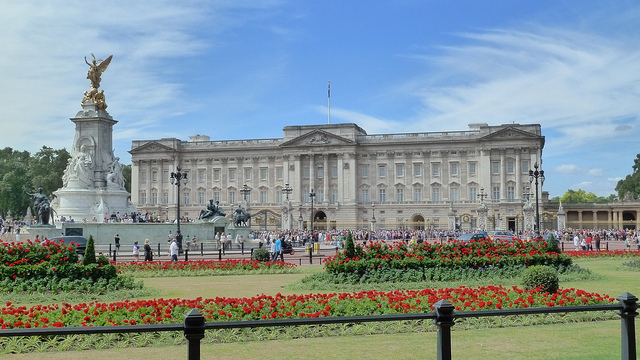
St Giles
London’s Iconic Architecture – 10 Buildings that Stand Out
London is home to some of the world’s most iconic and recognisable buildings, from the Houses of Parliament, which have long been an integral part of the London skyline, to new additions such as the Walkie Talkie and the Gherkin. Here are 10 of our favourite buildings in London.
The Shard
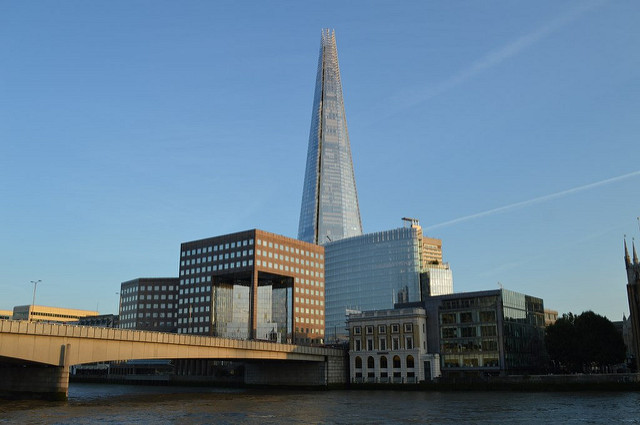
Designed to resemble a shard of glass, the Shard is a 95-storey skyscraper that looks over the Thames. The view from this building includes Tower Bridge, the Tower of London, Borough Market, and a sweeping panorama of the river. Completed in 2012, it is still the tallest building in the UK and the 4th tallest building in Europe.
As well as an observation deck, where Londoners and tourists alike can take in the breath-taking views, the skyscraper is home to offices, bars, hotel rooms, and restaurants.
St Paul’s Cathedral
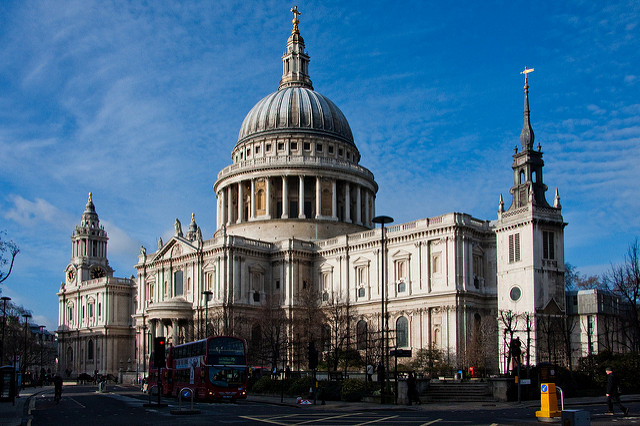
Designed by Sir Christopher Wren in 1673, St Paul’s Cathedral is a central part of the city’s identity. For over 200 years, it was the tallest building in London, and it is the venue for the country’s grandest ceremonies as well as a final resting place for national heroes such as Sir Winston Churchill and Lord Nelson.
This area of London is the heart of British political life and despite its religious function, St Paul’s Cathedral is no different. It sustained war damage during the Blitz and was more recently the heart of the Occupy London movement, where anti-capitalist demonstrators camped out at the cathedral after failing to gain access to the London Stock Exchange.
Central Hall Westminster
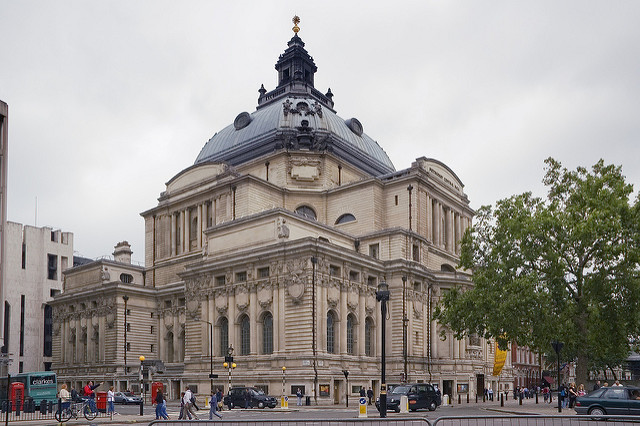
The Methodist Central Hall Westminster (more commonly known as Central Hall Westminster) serves a range of functions for London: it is a Methodist church, a conference centre, a tourist attraction, an art gallery, and an office building.
It’s fair to say that Central Hall Westminster has been home to some truly world-changing events, including the first ever meeting of the United Nations General Assembly and numerous political rallies with speakers such as Martin Luther King Jr.
Westminster Abbey
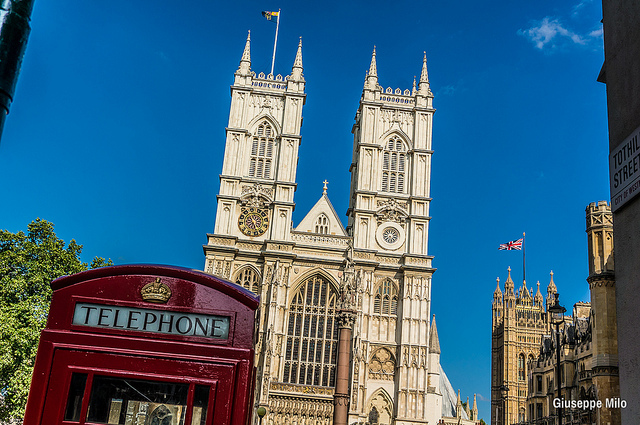
Formally called the Collegiate Church of St Peter at Westminster, the Gothic abbey is just across the road from Central Hall Westminster, and a very short walk from the Houses of Parliament. Royal coronations have taken place there since 1066 but it was actually founded around a century before by Benedictine monks.
Five separate sermons are delivered at Westminster Abbey every Sunday, where the clergy and guest preachers address theological issues and world events as well as interpretations of biblical texts.
Houses of Parliament
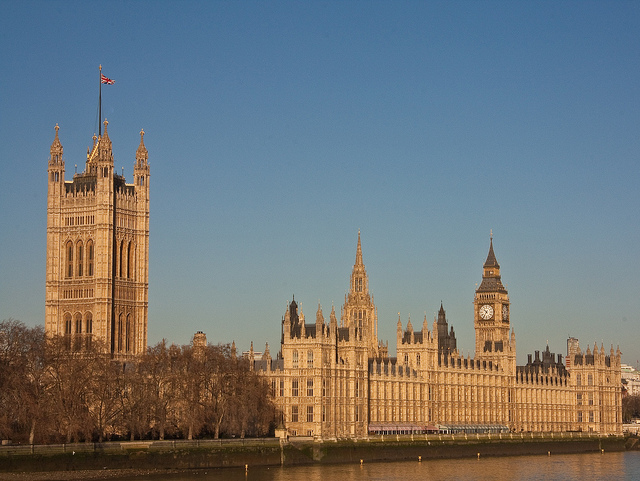
Officially called the Palace of Westminster, the Houses of Parliament in Westminster are where the country’s most important decisions are debated and passed into law. The building has accumulated a range of rules and traditions over the years; for example, it was one of the first buildings in the UK to ban smoking. Smoking inside has not been allowed there since the 17th century, but members are allowed to use snuff instead. Doorkeepers still keep snuff boxes in case a member of parliament requires one.
The Heron Tower
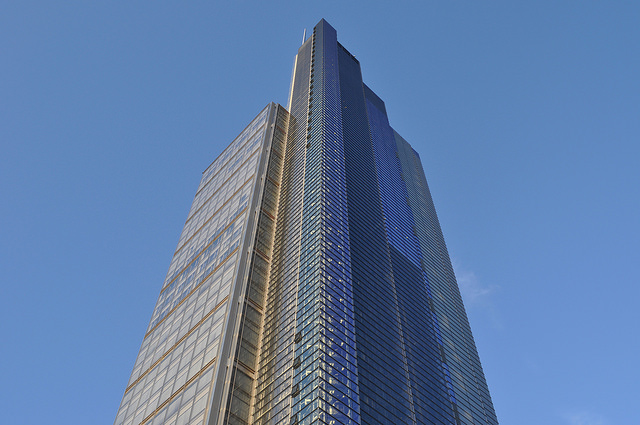
The Heron Tower is the tallest building in the City of London, and the third tallest in London. It is home to numerous businesses, restaurants and bars, along with those individuals who can pay nearly £3 million for a 2 bedroom apartment overlooking the country’s financial centre.
The Walkie Talkie
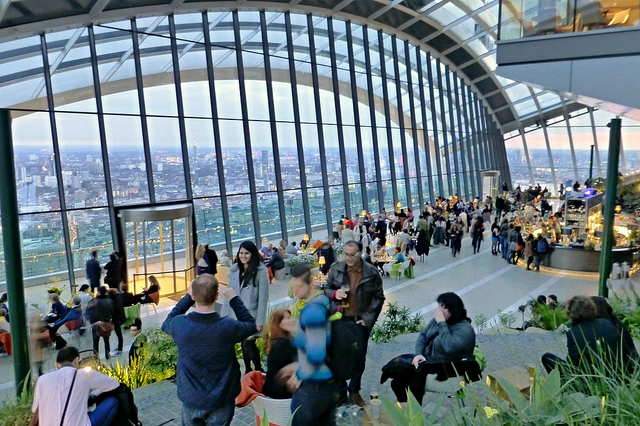
Many of London’s now iconic buildings were controversial when built. It comes as no surprise that one of the most recent buildings, 20 Fenchurch Street or ‘The Walkie Talkie’ is one of the most controversial on the list. Opened in January 2015, the 34-storey building is visible from many places across London and won that year’s Carbuncle Cup for worst new building in the UK. It is also home to the UK’s highest public park, the Sky Garden, which spans the top 3 floors of the building and is accessible via express lifts.
Rather than just being described as an eye-sore, the shape of the building has also created a wind tunnel effect at street level and even focused sunlight onto the street below to melt the plastic bodywork on parked cars.
The Gherkin
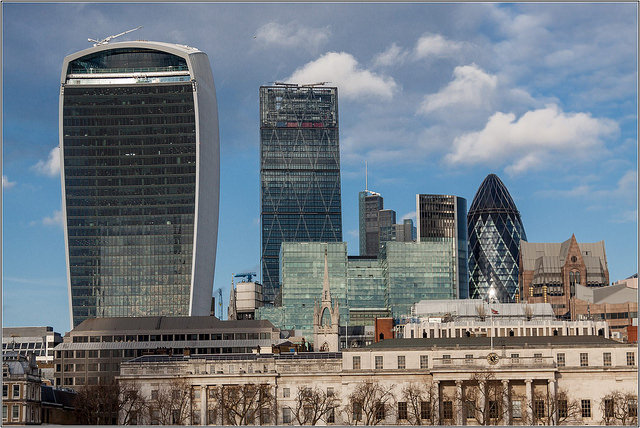
The Gherkin at 30 St Mary Axe is another of London’s immediately recognisable buildings. The neo-futuristic tower is also one of the most widely-recognised examples of contemporary architecture around the world. Unlike some others on this list, it is critically acclaimed as a piece of architecture and has won prizes from RIBA as well as being voted the most admired new building in the world.
Buckingham Palace
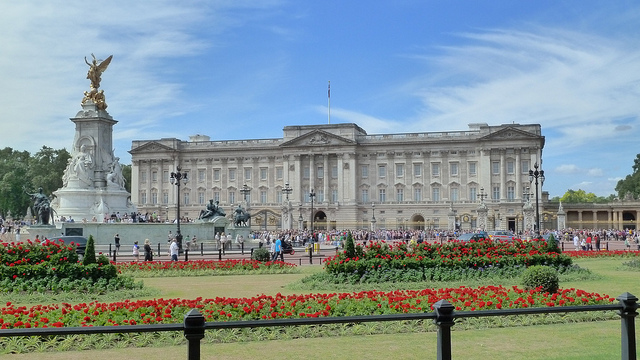
It’s impossible to have a list of iconic British buildings without at least one palace. Buckingham Palace is the Queen’s London residence and the centre of many state and royal occasions. It is where the royal family traditionally greets crowds and hosts foreign dignitaries.
The palace often holds exhibitions showing items from the Royal Collection, as well as allowing regular tours and events both inside and out.
Tate Modern
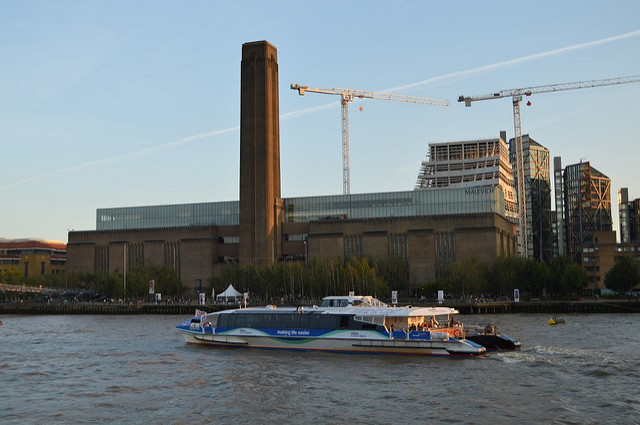
Tate Modern is one of the largest modern art galleries in the world. Housed in the former Bankside Power Station, it is directly opposite St Paul’s Cathedral and is a beautiful example of London’s juxtaposition of traditional old buildings with exciting contemporary architecture.
London’s history is clearly seen in its architecture; buildings fall, new ones are built, and old favourites are reused and repurposed as the city’s needs shift and change. We are proud to be a central part of that story and to bring our contribution to the political, architectural, technological, and economic development of the city.



